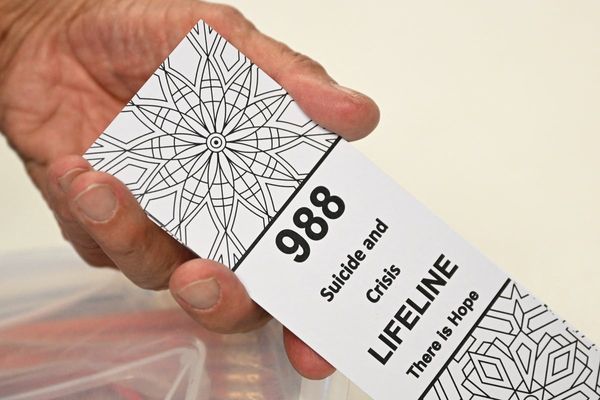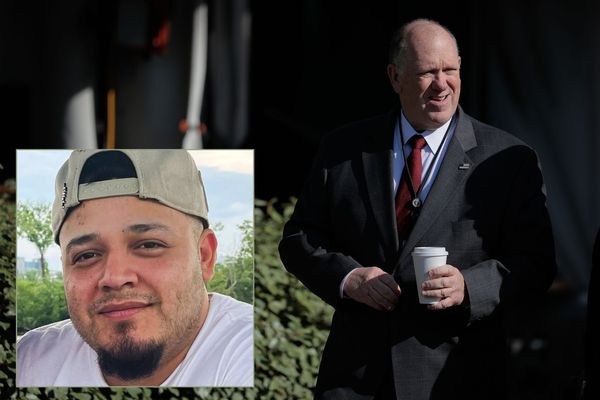Myanmar’s ruling junta extended a temporary ceasefire in its fight with rebels in an effort to rebuild cities following a powerful earthquake that killed thousands of people and left many homeless.
The temporary truce between the military government and rebel groups has been extended till 30 April. However, the promise of a ceasefire has continued to be marred by allegation of violations by the military.
The initial truce was declared on 2 April and set to run until 22 April, prompted by pressure from rebel groups, amid international pressure to prioritise humanitarian aid.
The 7.7 magnitude earthquake, one of the strongest to hit Myanmar in over a century, killed more than 3,700 people and injured 5,012, flattening buildings and erasing historical structures in the impoverished Southeast Asian nation riven by a civil war.
Since the military overthrew the democratically elected Aung San Suu Kyi’s government in a coup, Myanmar has been in the throes of an escalating civil war between the junta and powerful ethnic militias and resistance forces across the country.
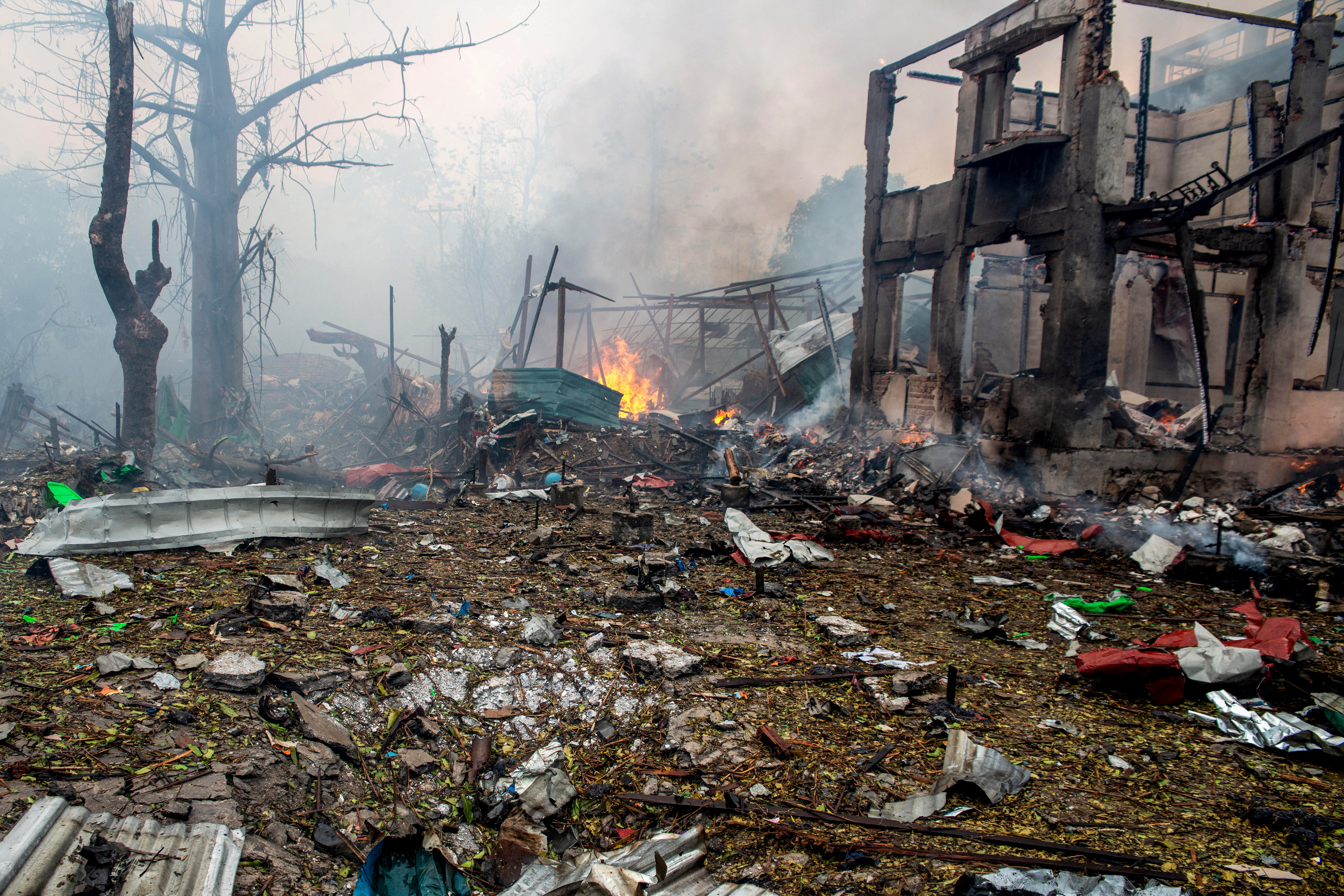
The truce was extended after Malaysia's prime minister Anwar Ibrahim held high-level talks with junta chief Min Aung Hlaing and a key resistance group on the sidelines of the 10-member ASEAN regional bloc, last week.
State media said general Hlaing extended an initial 20-day ceasefire, called by the junta on 2 April, "out of sympathy and understanding for the people of the country affected by the Mandalay earthquake".
However, the fighting has continued across Myanmar after the junta was initially accused of launching airstrikes hours after the earthquake struck.
The United Nations office of the high commissioner of human rights said on 11 April that military forces have reportedly carried out over 120 attacks, more than half of them after their declared ceasefire was due to have gone into effect on 2 April.
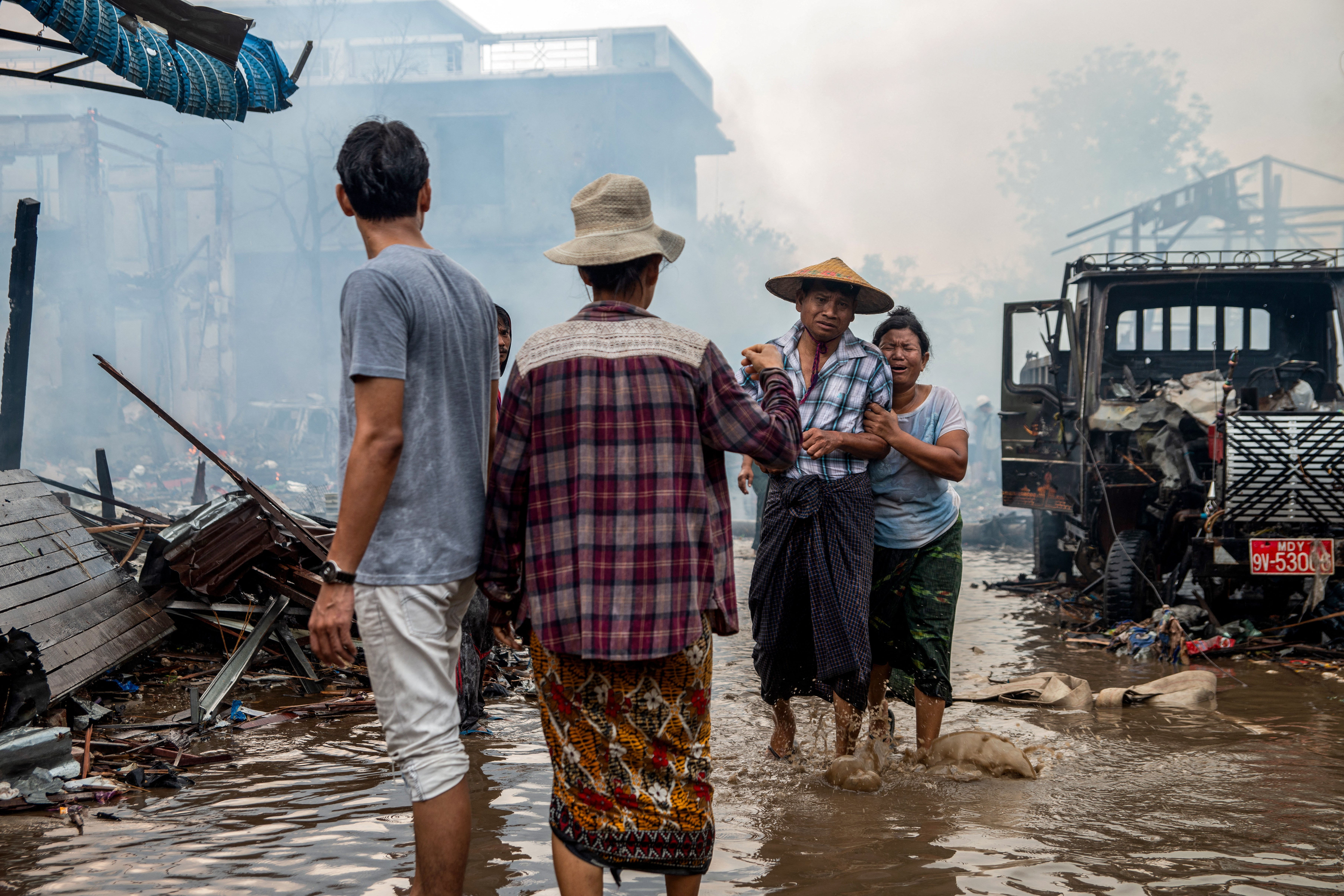
A Myanmar Now investigation on Tuesday claimed that strikes by Myanmar’s military junta have allegedly killed more than 40 people and injured nearly 60, including children and pregnant women, following its two-day bombing campaign from 19-20 April.
It alleged that military helicopters opened fire and dropped bombs on schools, homes, and monasteries in four regions.
The army has previously blamed rebel forces for violating ceasefires and said it “will respond if military bases are attacked without reason”.
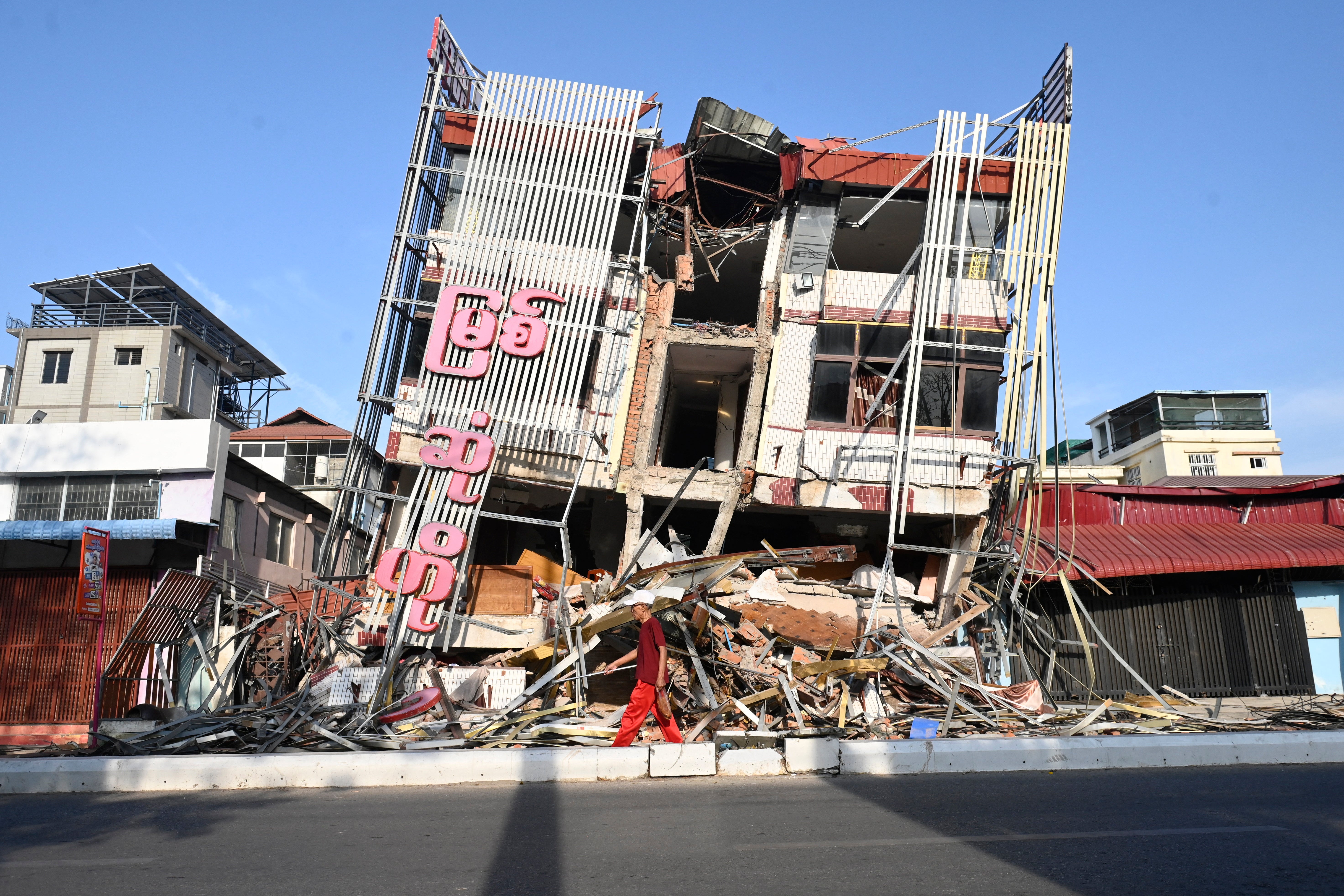
It came as China said it sent a team of observers in northern Myanmar to monitor the ceasefire after Beijing claimed it brokered a deal between a rebel group and the military to end resistance in an area.
The Chinese foreign ministry spokesperson sent a team to Lashio, the capital of northern Shan State after the ethnic Chinese Myanmar National Democratic Alliance Army agreed to hand over the region to the army after a deal brokered by Beijing.
“The two sides commended and thanked China for its constructive role in upholding peace and stability in Myanmar,” said Chinese foreign ministry spokesperson Guo Jiakun.
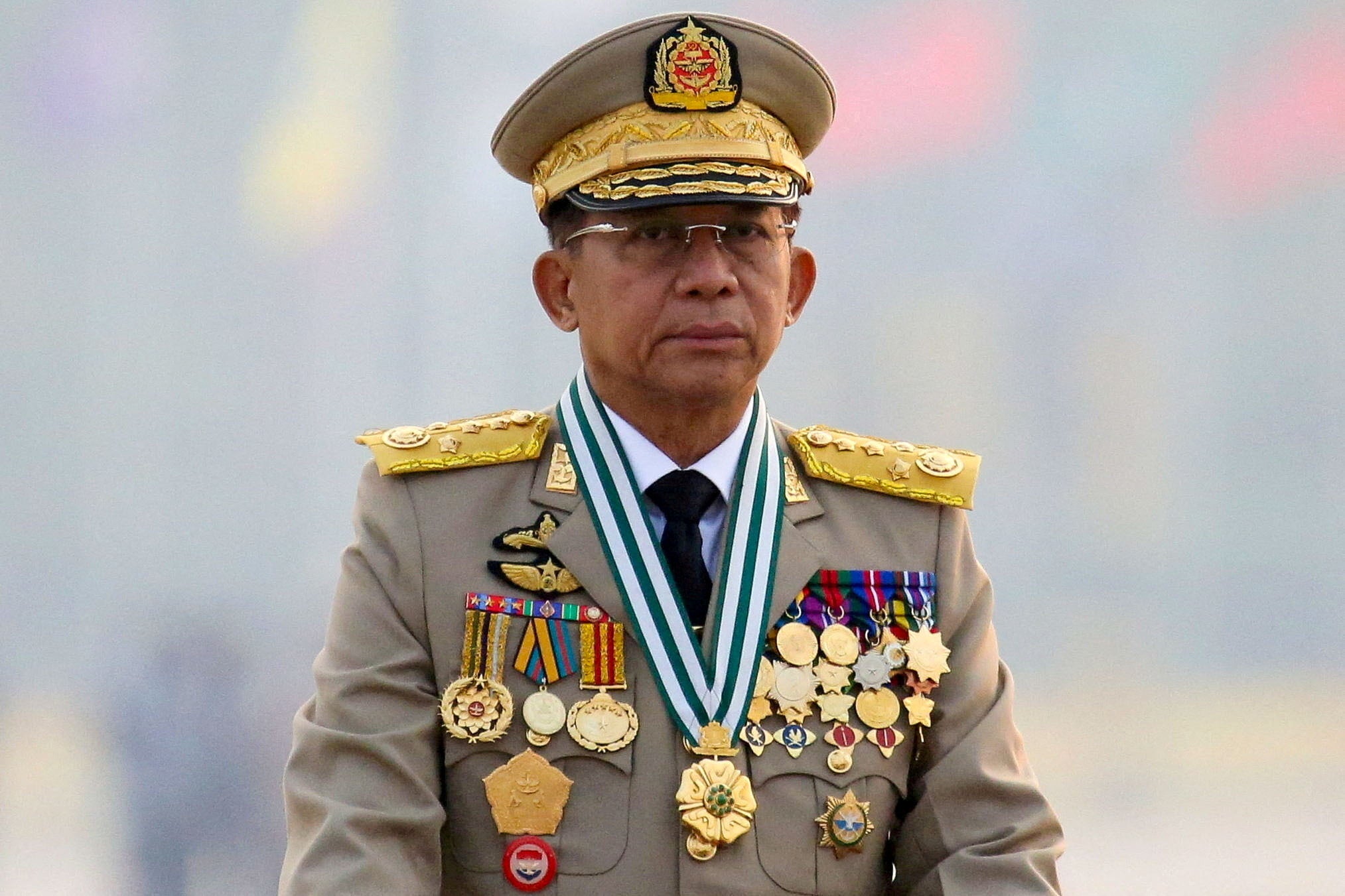
The MNDAA withdrew from the Lashio of Shan State earlier on Tuesday and handed over control of the area to the Myanmar military, Chinese state media CCTV news said.
Meanwhile, General Hlaing announced that the layout of the capital, Naypyidaw, will be redrawn following last month’s devastating earthquake in which the majority of government buildings were damaged. According to reports, government offices are being moved to Yangon, the largest city and former capital of Myanmar.
He attributed the widespread destruction, including the collapse of state buildings, to construction on soft soil, and said future office buildings must be earthquake-resistant, with soil tests required before rebuilding.
Thailand arrests executive linked to Bangkok tower that collapsed during earthquake
No sign of Suu Kyi as Myanmar frees almost 5,000 prisoners in new year’s amnesty
Myanmar hit by fresh earthquake during hundreds of aftershocks
UN calls on Myanmar junta to release Aung San Suu Kyi and respect ceasefire
Will the Catholic church get its first Asian pope?
Pope’s death mourned across southeast Asia where he transformed status of church
